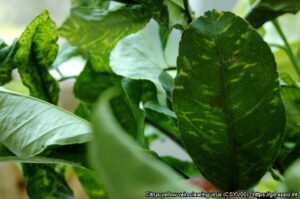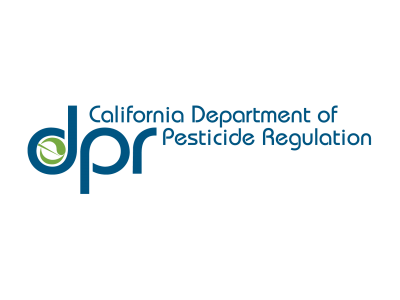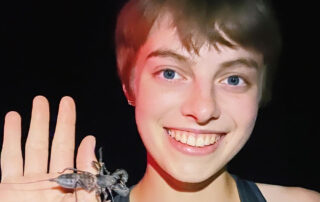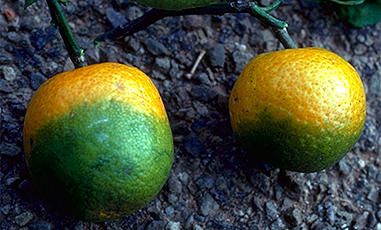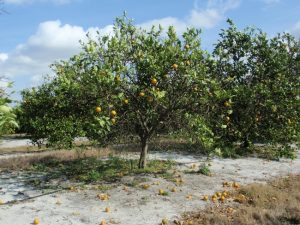Pests and Diseases
Detection of Huanglongbing Triggers Quarantine in Ventura County; First HLB Detection in County
Courtesy of Citrus Insider
The California Department of Food and Agriculture (CDFA) has declared a quarantine in Ventura County following the detection of the citrus disease Huanglongbing (HLB), or citrus greening, in two citrus trees on one residential property in the city of Santa Paula. These detections are the first HLB-positive trees in Ventura County. CDFA is working with the United States Department of Agriculture and the Ventura County Agricultural Commissioner on this cooperative project.
The disease was detected in plant material taken from one orange and one lime tree in a residential neighborhood in the Santa Paula area of Ventura County. These detections follow the confirmation of a Candidatus Liberibacter asiaticus (CLas)-positive Asian citrus psyllid (ACP) sample taken from the find site.
CDFA crews will be working to remove and dispose of the infected trees and are conducting a mandatory survey of every property within 250 meters of the detection site. After the survey is complete, all host plants in the 250-meter area around the detection site will be treated to suppress the disease vector, the ACP. By taking these steps, a critical reservoir of the disease and its vectors will be removed, which is essential to protect the surrounding citrus from this deadly disease.
These detections establish a mandatory five-mile citrus HLB quarantine area around the find site. The quarantine area is bordered on the north by Ojai Road; on the south by E Los Angeles Avenue; on the west by Wells Road; and on the east by Balcom Canyon Road. The quarantine prohibits the sale of all host nursery stock and the movement of all host plants or plant parts within a five-mile radius of the finds. The quarantine applies to residents and commercial operations alike. These detections will also place parts of Ventura County into Bulk Citrus Regional Quarantine Zone 6, which will require any commercial citrus growers to apply an additional mitigation step(s) to move fruit within or from this zone. Production and retail nurseries within the five-mile quarantine are being contacted by CDFA and will be issued a hold notice preventing the sale of nursery stock host plants. Visit CDFA’s Map and Quarantines page for more details.
Growers in Ventura County should contact Grower Liaisons Sandra Zwaal at szwaal2@gmail.com or Cressida Silvers at cressidasb@gmail.com for additional information about these detections. In response to the HLB detections in Santa Paula, a grower meeting is being held on Wednesday, Oct. 4. Stay tuned to Citrus Insider for details or reach out to the Grower Liaisons for more information.
An HLB quarantine area currently exists in parts of Los Angeles, Orange, Riverside, San Bernardino and San Diego counties, where more than 6,300 residential trees have tested positive for the disease and have been removed.
To read the full press release, please visit the CDFA website.





